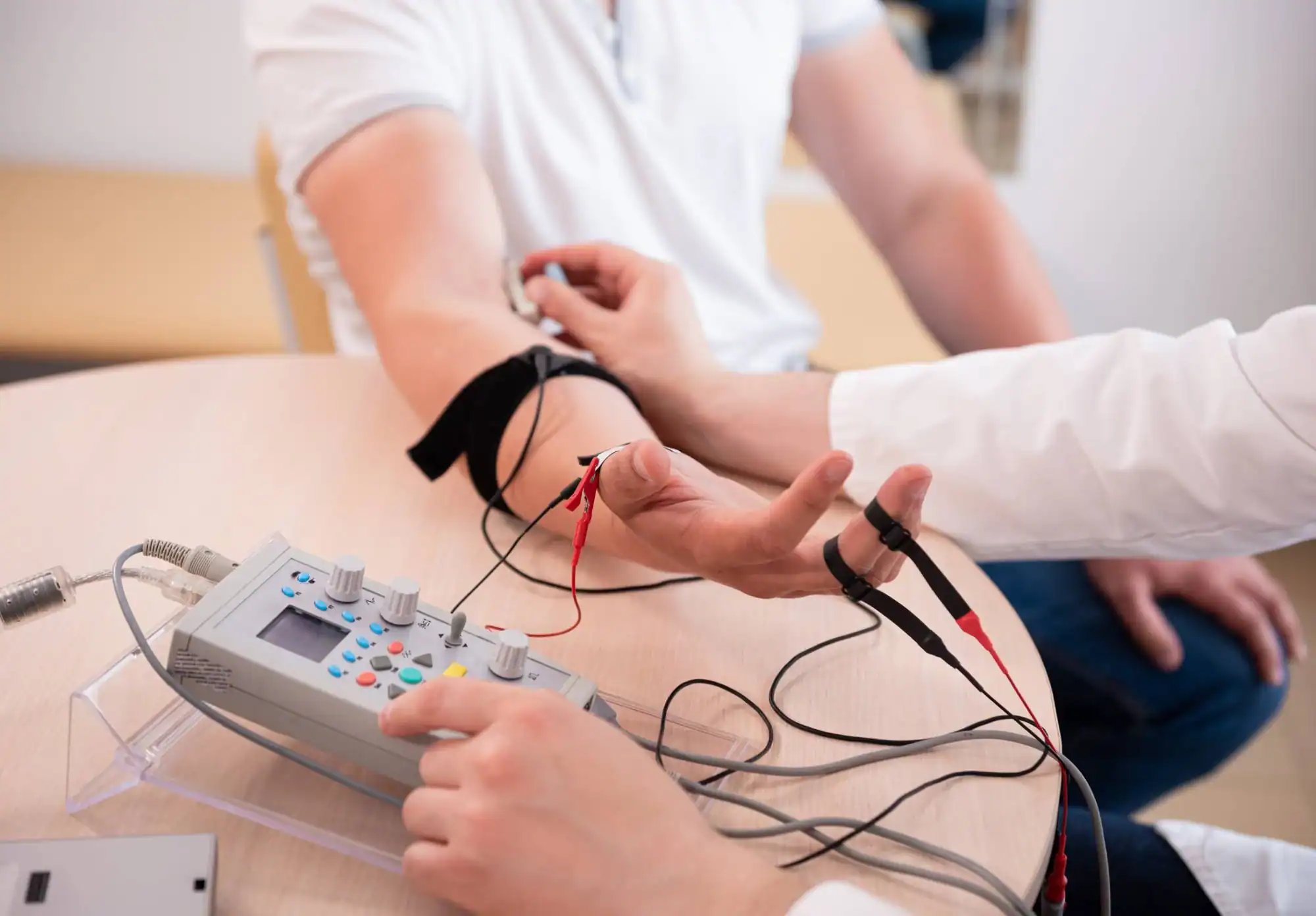Professional EMG testing that pinpoints exactly what’s causing your symptoms so you can move forward with confidence.
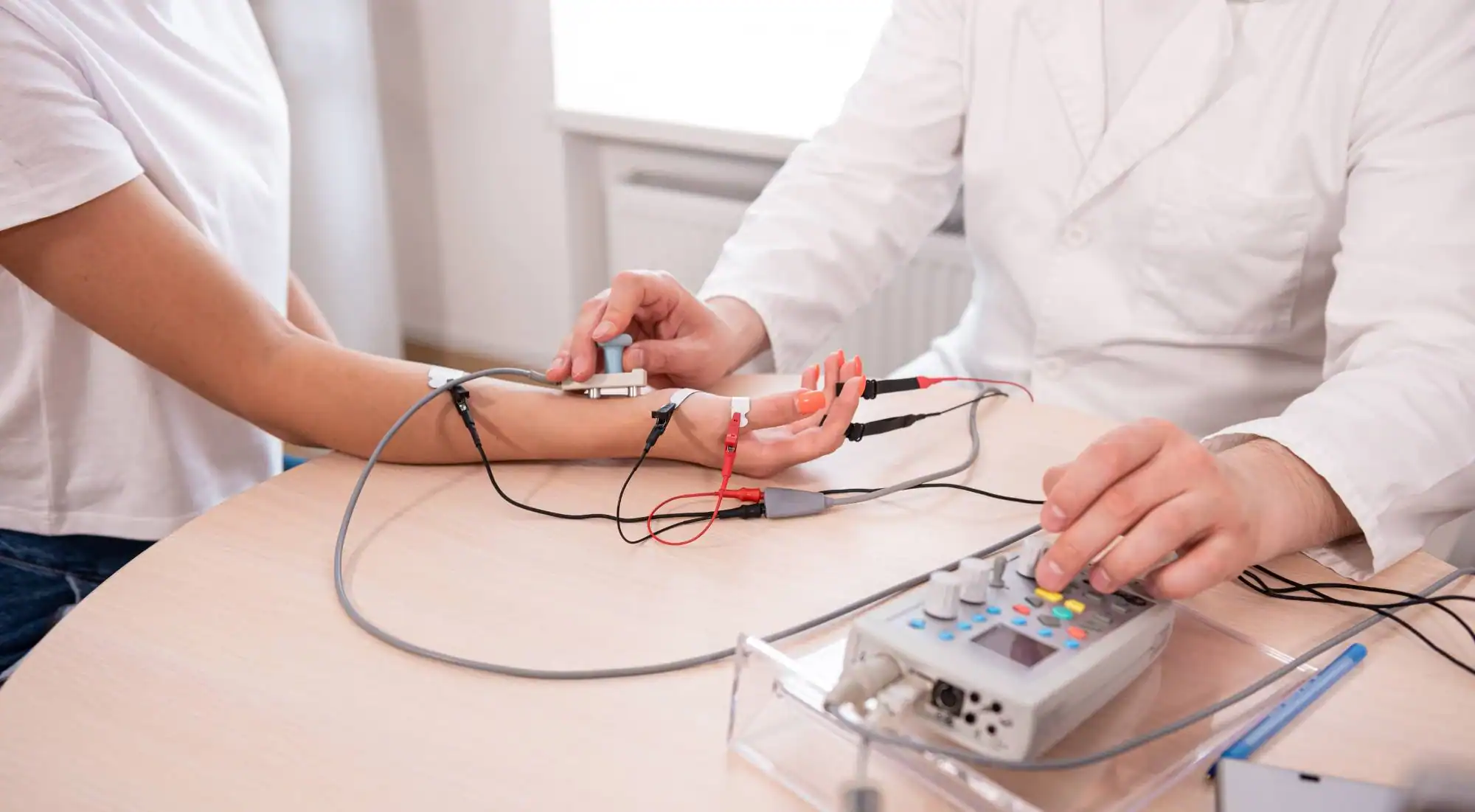
Reviews
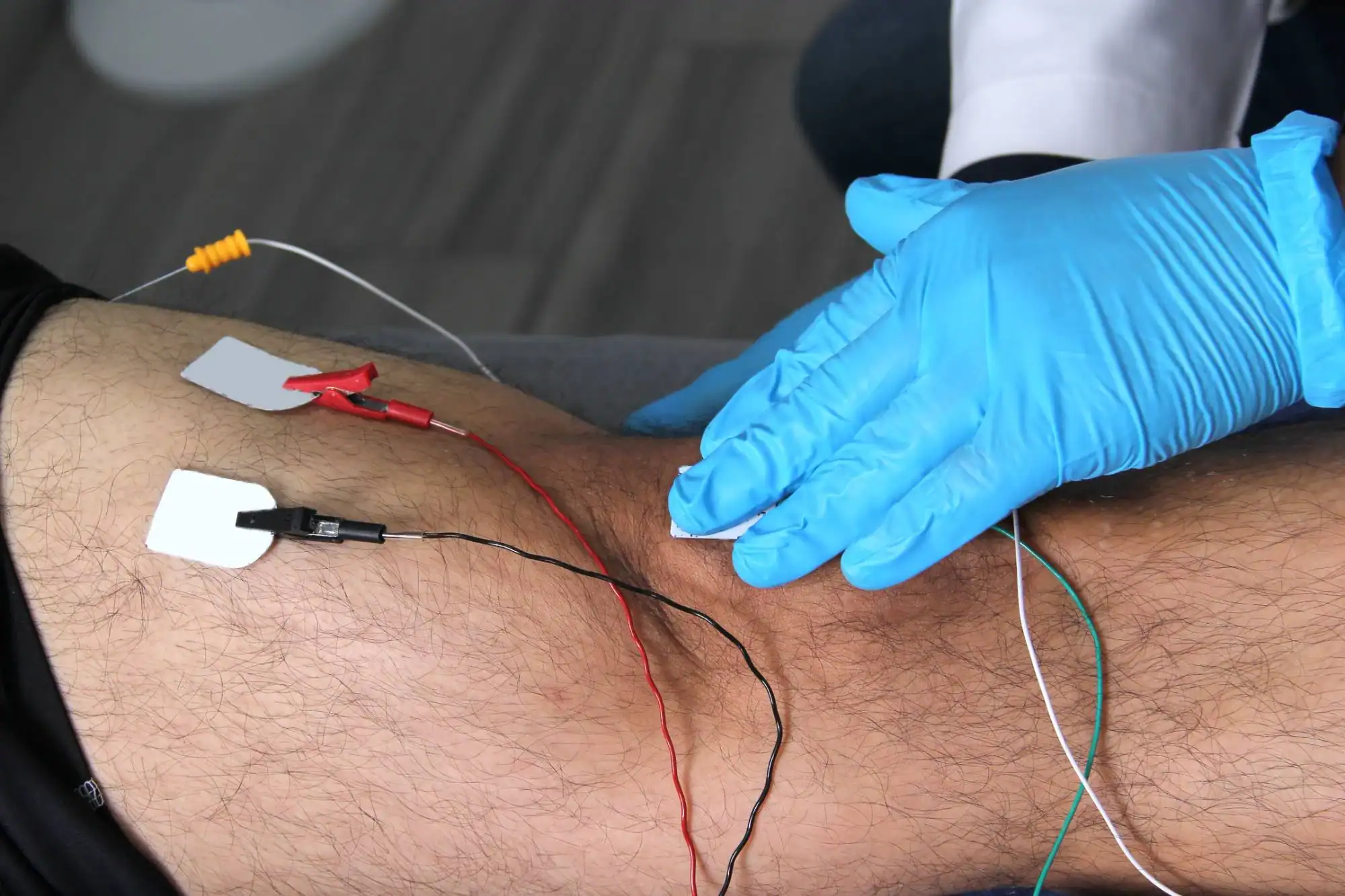
That persistent tingling in your hands isn’t something you have to live with forever. The muscle weakness that’s been affecting your grip doesn’t have to remain a mystery.
EMG testing gives you concrete answers about nerve and muscle function. You’ll know whether that numbness is from a pinched nerve, muscle disorder, or something else entirely. No more guessing games or wondering if it’s all in your head.
When you have clear diagnostic results, your doctor can create a treatment plan that actually addresses the root cause. You can make informed decisions about your health instead of trying random treatments that might not work.
NY Spine Medicine has been serving patients in East Rutherford and throughout northern New Jersey with specialized diagnostic testing. Our team focuses specifically on spine, nerve, and muscle disorders, which means we see these conditions every day.
You’re not getting a generalist who occasionally runs EMG tests. You’re working with specialists who understand the nuances of nerve conduction studies and electromyography testing. We know what to look for and how to interpret results accurately.
We’ve built our reputation on clear communication and thorough testing. Patients appreciate getting their results explained in plain English, not medical jargon.
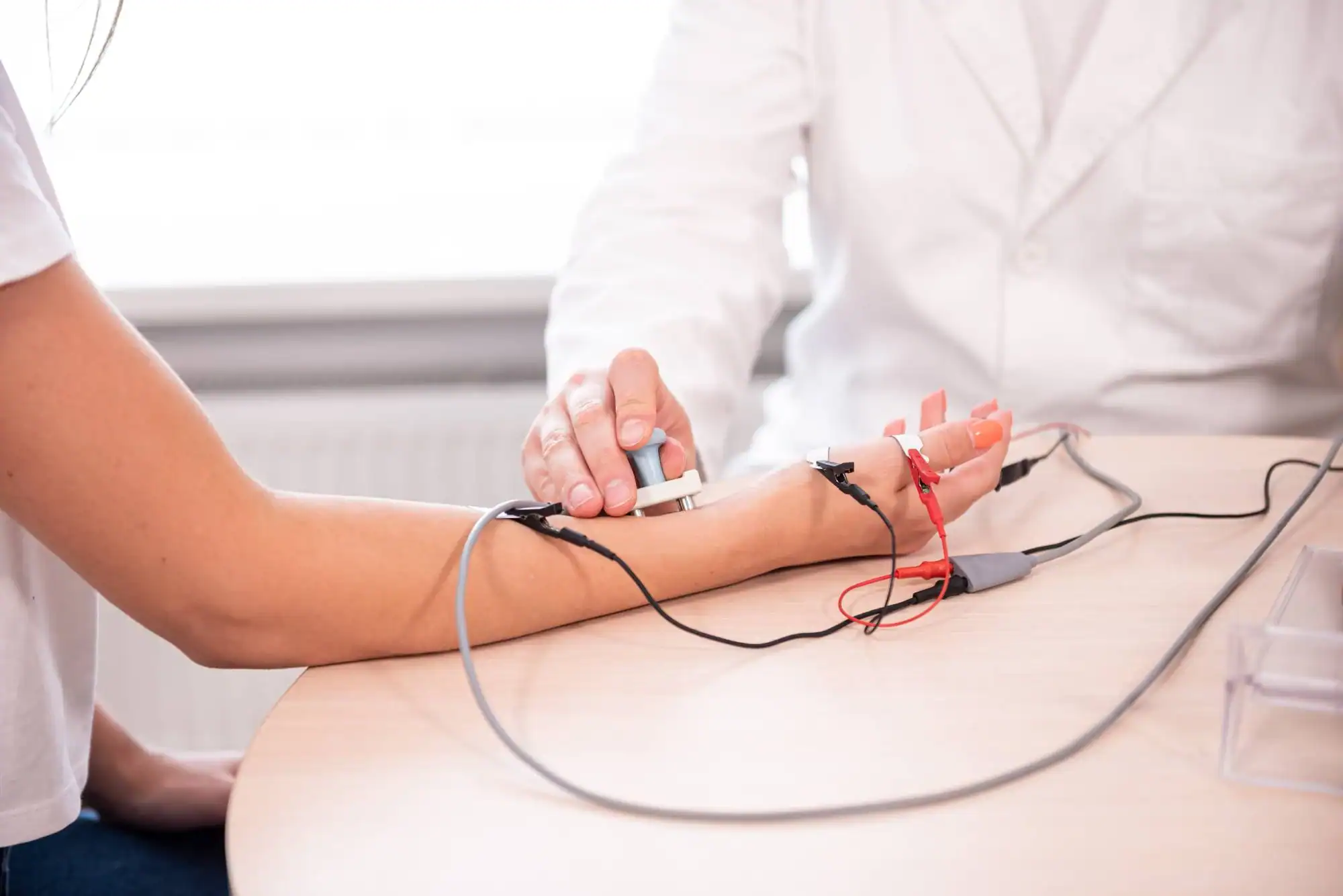
The EMG test has two parts: nerve conduction study and needle electromyography. First, small electrodes are placed on your skin to measure how well your nerves send electrical signals. You’ll feel brief, mild electrical pulses – most people compare it to static shock.
Next comes the needle EMG, where a thin needle electrode is inserted into specific muscles to record their electrical activity. The needle is much thinner than those used for blood draws. You’ll be asked to relax certain muscles, then contract them gently while the activity is recorded.
The entire process typically takes 30 to 60 minutes, depending on how many nerves and muscles need testing. You’ll get your results the same day, with a clear explanation of what they mean for your specific situation. Most people are surprised that it’s much more comfortable than they expected.
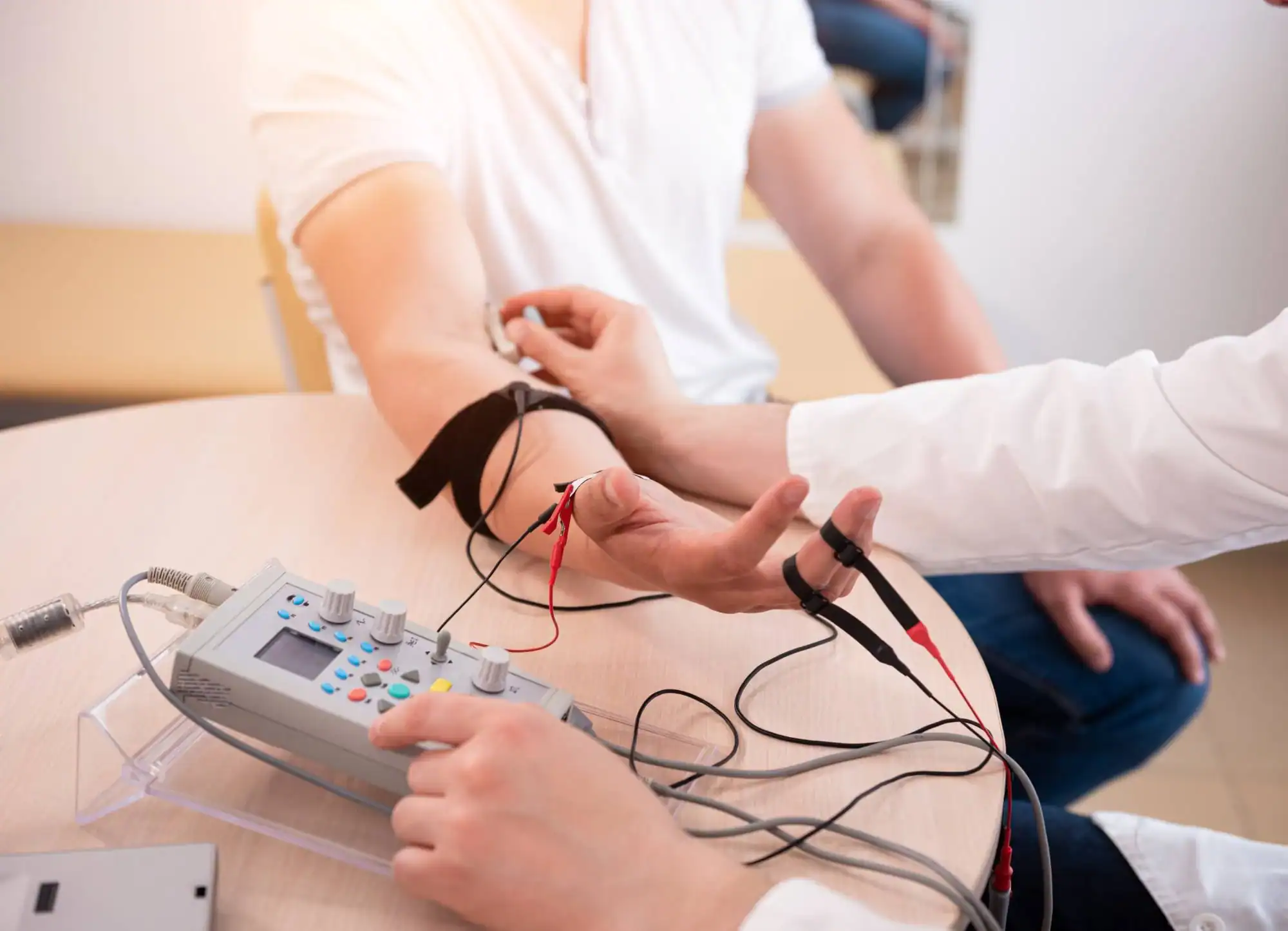
Ready to get started?
Your EMG testing includes both nerve conduction studies and needle electromyography to evaluate the complete picture of your nerve and muscle function. This comprehensive approach catches issues that partial testing might miss.
The testing can diagnose conditions like carpal tunnel syndrome, pinched nerves, muscle disorders, and peripheral neuropathy. You’ll also receive a detailed report that your referring physician can use to develop your treatment plan.
East Rutherford patients appreciate the convenient scheduling and efficient process. Most insurance plans cover EMG testing when medically necessary, and our office handles prior authorization requirements. You won’t have to navigate insurance complications on your own.
